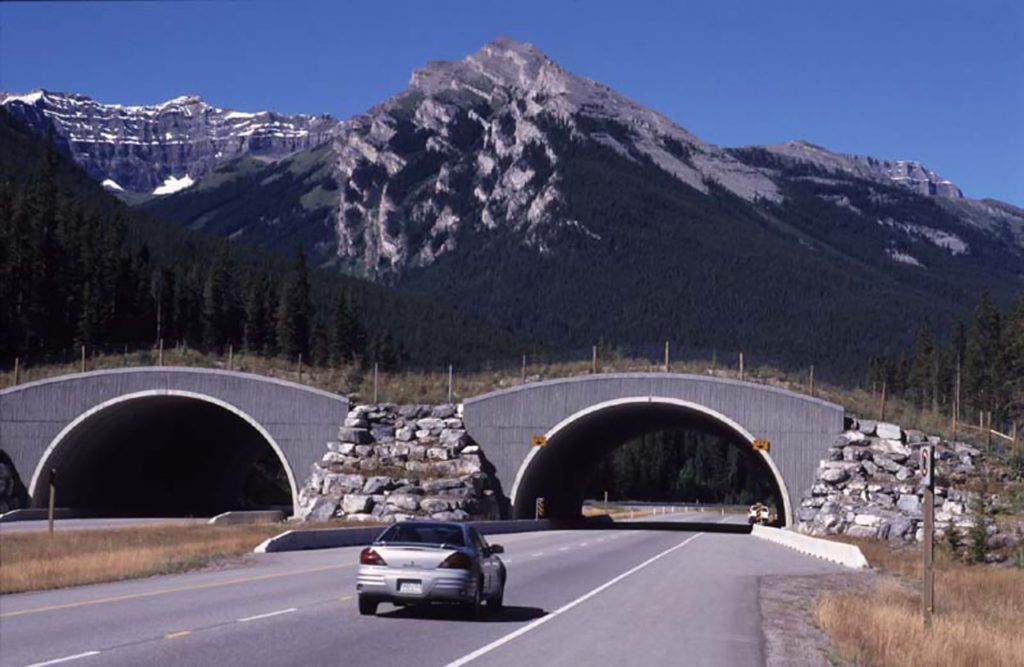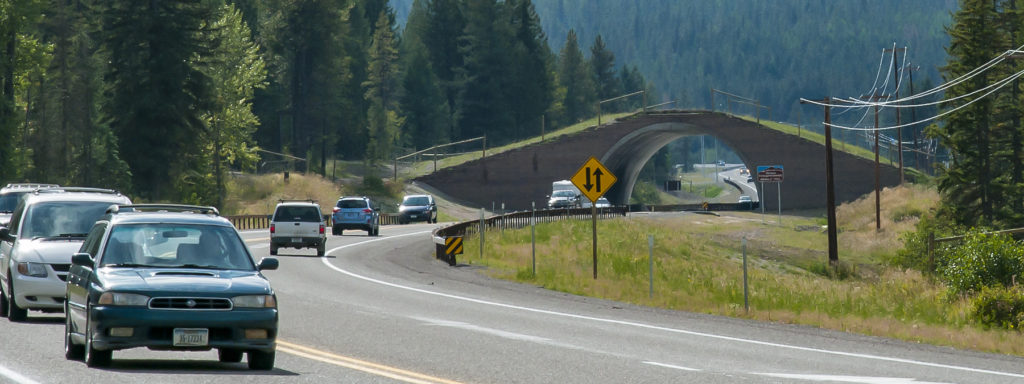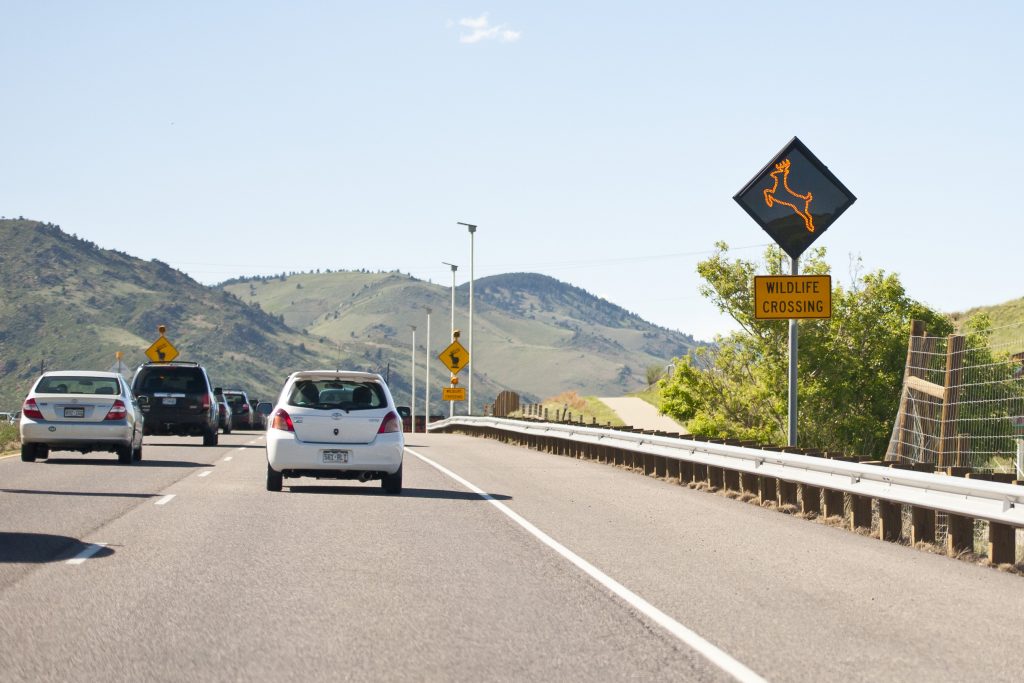IN THE NEWS: Montana State University Highlights Two Decades of Wildlife Crossings Research

In a follow-up to last week’s New York Times article, Montana State University News published a feature article summarizing WTI’s long history of researching and advancing wildlife crossing structures. Starting with the first report to Congress on wildlife vehicle collisions in 2006, the article also highlights WTI’s long-term research on the effectiveness of wildlife crossing […]
NEW PUBLICATION: Forest Service Releases Report on Wildlife Crossing Structures

The United States Forest Service (USFS) has published Highway Crossing Structures for Wildlife: Opportunities for Improving Driver and Animal Safety. The report is the result of a seven-year collaboration by USFS, WTI, ARC Solutions and additional federal, state, and private agencies, combining the work of a team of engineers, ecologists, biologists, landscape architects, and policy […]
IN THE NEWS: WTI Road Ecologist Offers Insights Into Utah Project

In 2018, the Utah Department of Transportation completed the state’s largest wildlife crossing, which traverses six lanes of traffic on Interstate 80. The crossing structure made the news again last week, when research footage captured deer, moose, elk, bears, bobcats and a variety of smaller mammals using the bridge. In news coverage by Smithsonian Magazine, […]
NEW REPORT: Innovative Strategies to Reduce the Costs of Effective Wildlife Overpasses

The U.S. Forest Service has released a new report authored by wildlife crossing experts from WTI, ARC Solutions, and other partner research organizations, which compiles key guidance information that may lead to the installation of more wildlife crossing structures. Wildlife crossing structures are one of the most effective means of reducing animal-vehicle collisions on highways, […]
New Publication: Guidelines for Conserving Connectivity
The International Union for the Conservation of Nature (IUCN) has released Guidelines for Conserving Connectivity through Ecological Networks and Corridors, an international resource with best practices for maintaining, enhancing, and restoring ecological connectivity among and between protected areas. These Guidelines also include 25 case studies that demonstrate current approaches to conserving ecological connectivity and ecological […]
Road Ecology in the News

The Revelator interviewed WTI Research Scientist Tony Clevenger for the article “Road to Nowhere: Highways Pose Existential Threat to Wolverines.” The interview primarily focuses on Tony’s study on the impact of the Trans Canada Highway on wolverine movements and gene flow in the Canadian Rockies. The full report is available on the Mapping the Wolverine […]
Washington Post Interviews WTI Road Ecologist

One of the country’s leading newspapers consulted a WTI researcher and several of our road ecology publications for a national feature story on wildlife crossings. “Retrofitting busy highways to let wildlife travel safely, too” explored national and state initiatives to identify wildlife corridors and enhance crossing structures such as underpasses and overpasses. The Post interviewed […]
Research Update – Are Wyoming Deer and Antelope Using Existing Underpasses to Cross Highways?
WTI is conducting a research on behalf of the Wyoming Game and Fish Department (WGFD) and the Wyoming Department of Transportation (WYDOT) to explore mitigation options for reducing wildlife vehicle collisions along Interstate 25 in central Wyoming. WYDOT and WGFD would like to explore the possibility of funneling large mammals, particularly mule deer and pronghorn, […]
On the Road in Wyoming
WTI Research Scientist Marcel Huijser traveled to Jackson, Wyoming on July 18, where he was invited to speak on Road Ecology research and advancements at the Teton Wildlife Rehabilitation Center. The WTI road ecology team has previously led projects in this region. Read about the Teton County Wildlife Crossings Master Plan.
MDT Launches Wildlife and Transportation Webpage
The Montana Department of Transportation (MDT) has a new webpage dedicated to facilitating collaboration among the many partners working to reduce animal vehicle collisions and enhance wildlife connectivity. In December 2018, the Montana Wildlife & Transportation Summit (Summit) was held at Carroll College in Helena, Montana. It was co-convened by the Montana Governor’s office, Montana […]
